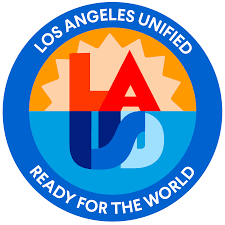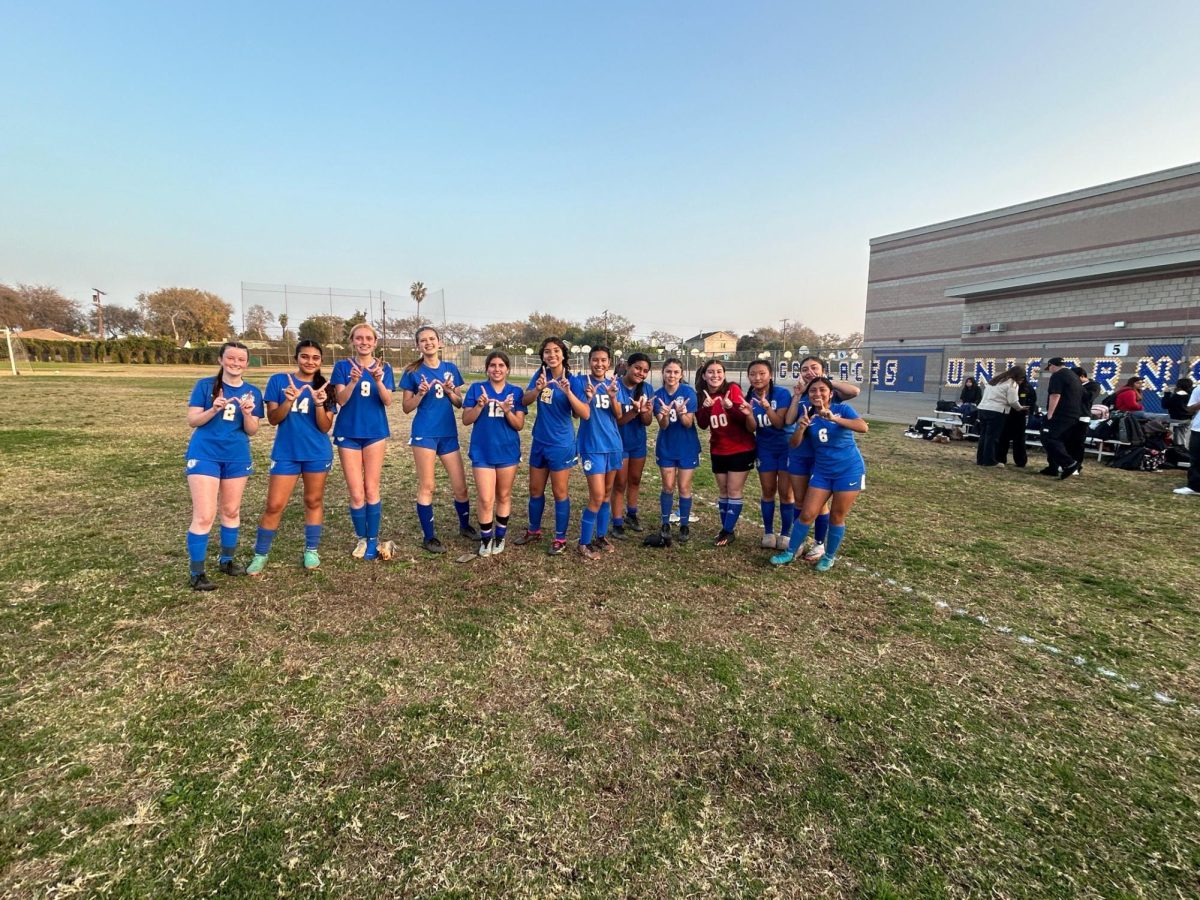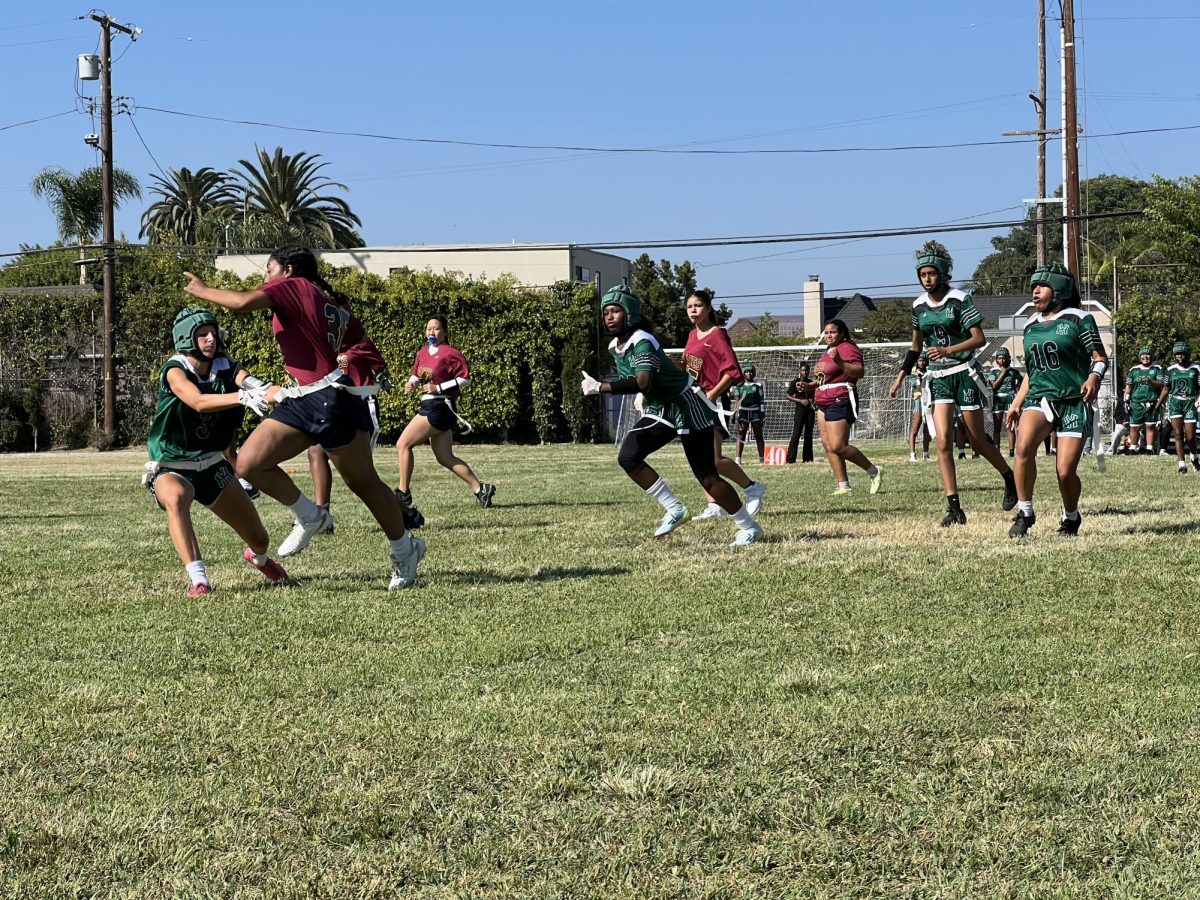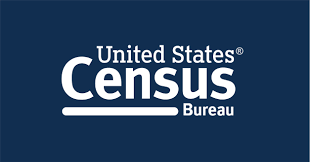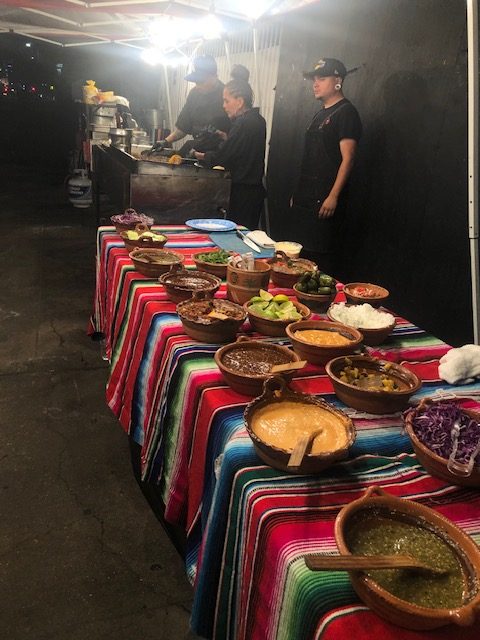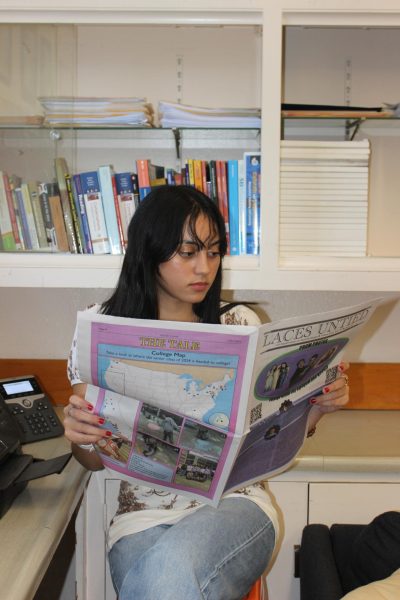Consider you are an Iranian American and open the envelope containing the US Census, anticipating the same list of races (not including your own) that you mulled over ten years ago, ten years before that, and in fact, any time you’ve filled out any documentation at all. As you unfold the paper full of boxes to check off, your eyes widen when you reach the dreaded question of all documentation, asking about your identity. Except this year, the question is reformatted to one singular question: “What is your race/ethnicity?” And this year, relief washes over you when you know exactly what to choose: Middle Eastern or North African, instead of white.
Filling out official documentation when your identity and your identity according to that documentation do not match up is difficult. Documentation paralleling identity is vital for Americans to feel they belong in this country. As a person whose identity is half of Middle Eastern descent, there have been many occasions where it was unclear what category I belonged with questions such as these. Those of North African and Hispanic/Latino descent tend to experience the same confusion. The Census Bureau, after comments from over 20,000 US citizens to moderate the census due to inadequate representation, is working to make the change. However, it is important to note that in a blog post on whitehouse.gov, US chief statistician Karin Orvis states that these changes are preliminary and not final.
Instead of multiple questions being asked about race and ethnicity, the numerous questions have been reformed into just one. As well as this, “Middle Eastern or North African” and “Hispanic or Latino,” have been added with their own category. In the past, those of Middle Eastern and North African descent were simply expected to select “White” on the census, when most do not consider themselves as such. These changes will be implemented in the 2030 US Census– altering the census in terms of the demographic collection for the first time in 27 years (announced by the Office of Management and Budget).
“People – especially from the Middle East – although they were told to classify themselves as white, on a day-to-day basis, they don’t feel like they exist as white people in this society,” said history and social studies teacher at LACES, Dr. Ingrid Fey. “So, I know that people of Middle Eastern ancestry have been urging the census to make changes for quite a while, so I think that that’s appropriate.”
With questions within the demographic collection, Hispanics and Latinos have often had trouble figuring out what category they belong to as well. This modified version of the census to come means to make it simpler and less confusing to go through.
“I think that the changes are long-coming. I’ve had, in the past, my students in Ethnic Studies sort of fill out the census,” said Dr. Fey. “There were a number of students – in particular Latino students – who often have a hard time figuring out what race they are, because they come in multiple races.”
The US Census typically acts almost as a blueprint for other documents – the past shortcomings within the censuses are shared with other documentation as well, such as the Common Application.
“The Common Application, which has over 1,000 colleges who use this single application, has included the subcategories for Latino/a/x applicants. Latino/a/x applicants are presented with seven subcategories: Central America, Cuba, Mexico, Puerto Rico, South America, Spain, and Other,” said LACES College Counselor, Ms. Candice Mackey. “I’m hopeful they will also modify and align their questions around other racial and ethnic groups with expanding the categories.”
LACES sophomore Melody Arriaga voiced her thoughts on the new categorization system’s impact on identity.
“I feel like this will help people from Latin communities and Hispanic communities feel more seen and heard – especially when filling out forms like these,” said Arriaga. “I think this will be great for the future generations and everyone else in the future to be like, ‘Oh yeah, we have our own section!’ We can actually identify ourselves as the people that we are, and not something that the government decided that we are.”

